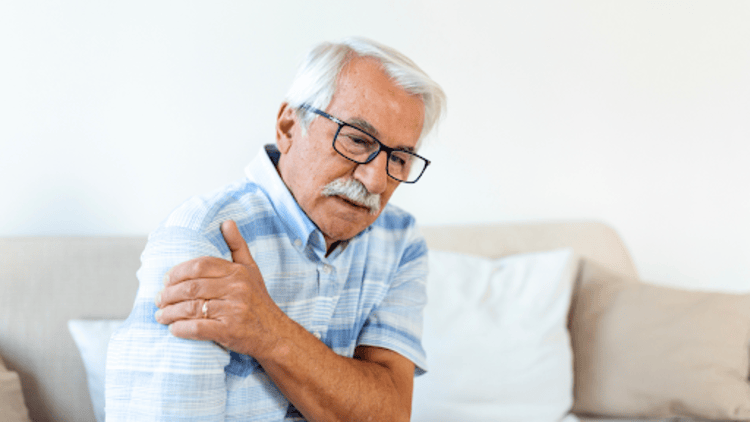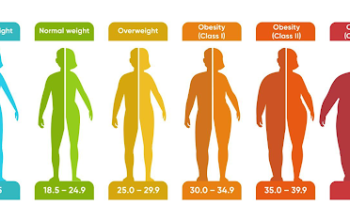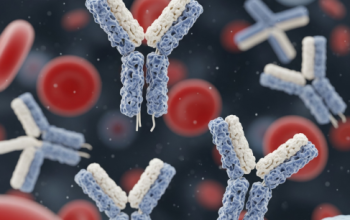Many people experience joint pain and dismiss it as normal aging or daily strain. Stiffness in fingers or occasional knee discomfort may seem minor, but these can be early signs of arthritis.
What begins as mild pain can progress to persistent inflammation, stiffness, and reduced mobility if ignored—sometimes leading to permanent joint damage.
Recognizing arthritis early is vital, as timely care and treatment can ease discomfort, protect joint function, and maintain mobility for years.
Knowing why it causes pain and what options are available for treatment can help people manage it better.
What Is Arthritis?
Arthritis is not just one single condition. It is actually a group of disorders that affect the joints. The most common types include:
- Osteoarthritis (OA): Caused by wear and tear of cartilage, the protective tissue covering the ends of bones.
- Rheumatoid Arthritis (RA): An autoimmune condition where the immune system mistakenly attacks the joints.
- Gout: Triggered by a buildup of uric acid crystals in the joints, leading to sudden flares of pain.
What Are The Common Symptoms People Face
Arthritis can affect any age, but is most common after 50. It gradually worsens, limiting mobility and causing frustrating daily symptoms.
These may include:
- Persistent joint pain that worsens with movement
- Stiffness, especially in the morning or after long periods of rest
- Swelling and tenderness around the joints
- Reduced range of motion, making daily tasks harder
- A sensation of grinding or clicking inside the joint
- Fatigue, especially in autoimmune types like RA
Over time, arthritis may also take a toll on mental health, leading to stress or low mood.
Why Arthritis Causes Discomfort
Arthritis discomfort comes from changes inside the joints. Here are the main reasons people feel pain:
- Inflammation: The lining of the joint, called the synovium, becomes inflamed. This releases chemicals that irritate nerves and cause pain.
- Cartilage Damage: Worn cartilage makes bones rub together, leading to stiffness and soreness.
- Bone Spurs: Extra bone growth may occur as the body attempts to repair damage, increasing pain levels.
- Immune System Reactions: In rheumatoid arthritis, the body attacks its joint tissue, causing swelling and tenderness.
Pain varies from person to person. Some may feel dull aches that worsen during cold weather, while others may experience sharp, disabling pain during flare-ups.
What Are The Best Ways To Treat Arthritis?
When treating arthritis, doctors often recommend a blend of medical and osteopathic treatments tailored to each patient’s needs.
Medications
- Nonsteroidal anti-inflammatory drugs (NSAIDs) reduce pain and inflammation (examples: ibuprofen, naproxen).
- Corticosteroids help control severe inflammation through pills or injections, but have potential side effects.
- Disease-Modifying Antirheumatic Drugs (DMARDs) slow disease progression and joint damage, especially in rheumatoid arthritis.
- Biologic agents target specific immune responses in autoimmune arthritis.
- Pain relievers, including acetaminophen or opioids, may be used as needed.
Osteopathic Manipulative Treatment (OMT)
- A hands-on therapy by osteopathic physicians that improves joint movement and flexibility.
- As part of osteopathic therapies, it uses techniques like muscle energy, myofascial release, and soft tissue massage.
- These techniques stretch tight muscles, detach adhesions, and boost blood flow and lymphatic drainage.
- OMT reduces pain, eases muscle tension around joints, decreases stiffness, and enhances the body’s natural ability to heal.
- Studies show that combining OMT with exercise improves function and pain relief more than exercise alone.
- This approach may reduce the need for surgery or medications.
Injections
- Corticosteroid injections to reduce joint swelling.
- Hyaluronic acid injections to improve joint lubrication (common for osteoarthritis).
Physical and Occupational Therapy
- Exercises and therapies to strengthen muscles around joints and improve the range of motion.
- Assistive devices for everyday activities.
Surgery
- Joint replacement or repair surgery for advanced arthritis when other treatments fail.
- Joint fusion procedures are used to reduce pain in severely damaged joints.
Other Helpful Approaches
Managing arthritis is about more than medications and therapies. Lifestyle adjustments can play a powerful role:
- Exercise: Low-impact activities like swimming or cycling help keep joints flexible.
- Weight Management: Reducing excess weight lessens pressure on joints, especially those in the knees and hips.
- Dietary Choices: Anti-inflammatory foods like salmon, nuts, and leafy greens support joint health.
- Physical Therapy: Guided stretches and strength training manage stiffness and reduce the risk of mobility loss.
- Heat and Cold Therapy: Heat reduces stiffness, while ice can ease joint swelling after activity.
- Assistive Devices: Canes, braces, and specially designed tools reduce strain on affected joints.
These approaches, when combined with medical care and osteopathic therapies, offer a comprehensive way to deal with the condition.
Final Thought
Arthritis can cause discomfort through inflammation, cartilage damage, and joint changes, but it doesn’t have to take away independence. With early diagnosis, consistent medical care, supportive options like osteopathic therapies, and healthy lifestyle choices, people can reduce pain, protect joint function, and continue living active, fulfilling lives.
For more information visit us : regulararticles.com



